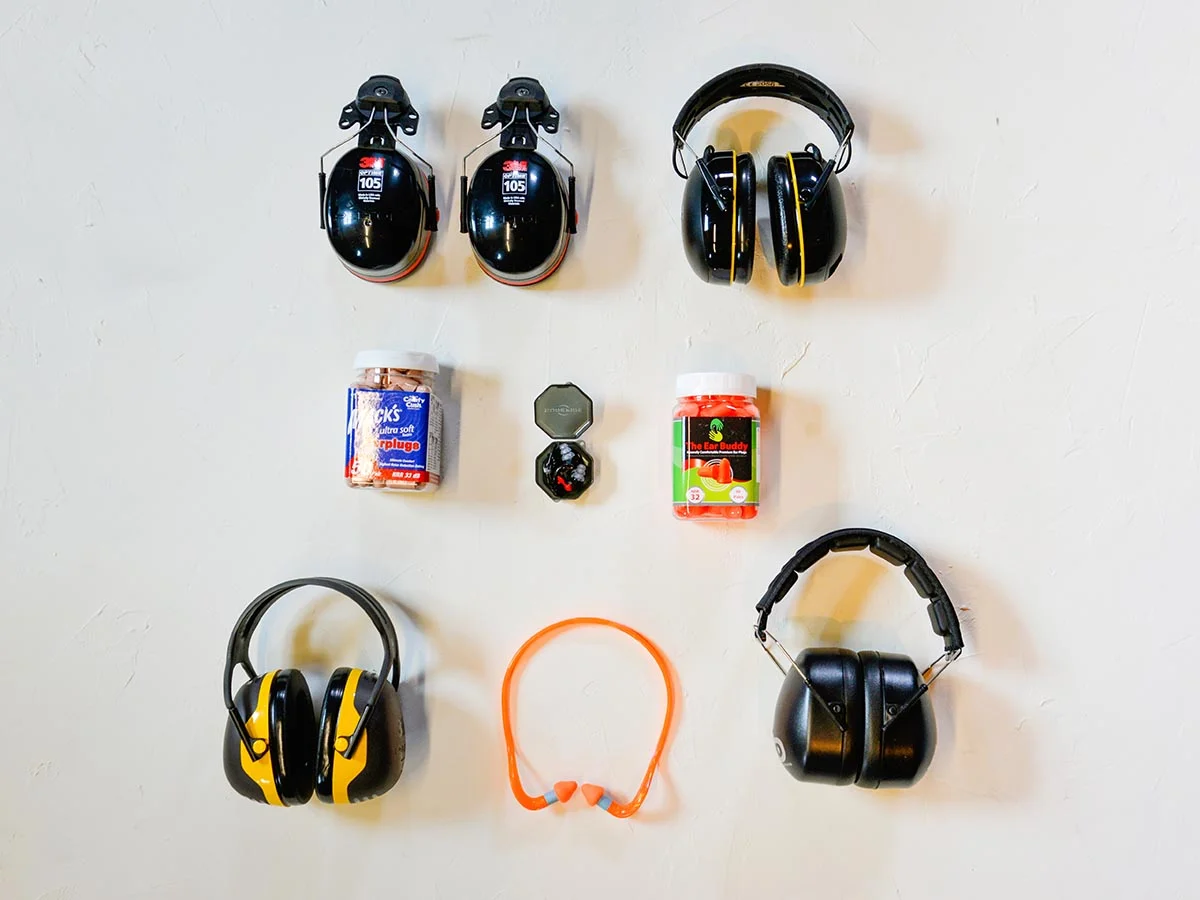Introduction
In the fast-paced world of software-as-a-service (SaaS), businesses rely heavily on key performance indicators (KPIs) to measure success and make informed decisions. One important metric that SaaS companies closely monitor is Net Revenue Retention (NRR). NRR is a metric that provides insights into a company’s ability to retain and grow its existing customer base over a specific period.
In a highly competitive market, acquiring new customers is vital, but equally important is retaining and expanding relationships with existing customers. NRR allows SaaS companies to evaluate how effectively they are retaining and expanding revenue from their current customer base, without factoring in revenue from new customers. It provides a valuable indicator of customer satisfaction, product stickiness, and the overall health of the business.
Understanding NRR goes beyond simple revenue growth; it allows SaaS companies to identify potential areas for improvement and implement strategies to boost customer retention and expansion. By closely monitoring this metric, businesses gain valuable insights that drive decision-making, fuel growth, and ensure long-term success in the competitive SaaS landscape.
In this article, we will delve deeper into NRR, explaining its meaning, calculations, and why it is crucial for SaaS businesses. We will also highlight the factors that affect NRR and provide some strategies to improve this critical metric. Whether you’re a SaaS entrepreneur, a marketer, or a business owner, understanding NRR will empower you to make data-driven decisions and enhance the performance and profitability of your SaaS company.
Definition of NRR
Net Revenue Retention (NRR) is a metric used in the SaaS industry to assess a company’s ability to retain and expand revenue within its existing customer base. It measures the growth or contraction of revenue from existing customers, excluding any revenue generated from new customer acquisitions.
NRR takes into account the upsells, cross-sells, and downgrades that occur within the customer base during a specific period. By focusing on revenue generated from existing customers, NRR provides valuable insights into customer satisfaction, product stickiness, and the effectiveness of upselling and cross-selling strategies.
The calculation of NRR is based on the comparison of revenue at the beginning and end of a defined period, typically a quarter or a year. It considers both the revenue expansion resulting from upsells and cross-sells, and the revenue contraction resulting from downgrades or churn. To calculate NRR, you subtract the lost revenue from downgrades and churn from the gained revenue from upsells and cross-sells, and divide it by the revenue at the beginning of the period. The result is then multiplied by 100 to get the NRR percentage.
NRR provides a comprehensive view of customer retention and expansion, as it takes into account both the upsell revenue from customers who have expanded their usage or upgraded their plans, and the churn revenue from customers who have downgraded their plans or churned altogether. It helps SaaS companies understand the net growth in revenue contributed by their existing customer base, which is a critical factor in determining overall business performance and sustainability.
By measuring NRR, SaaS companies can track their revenue retention effectiveness, identify potential areas for improvement, and develop strategies to enhance customer satisfaction and loyalty. It serves as a valuable benchmark that allows businesses to compare their performance with industry standards and competitors.
Calculation of NRR
Calculating Net Revenue Retention (NRR) involves analyzing the change in revenue generated from existing customers over a specific period. The formula for NRR takes into account both revenue expansion and revenue contraction, providing a holistic view of customer retention and growth within a SaaS company.
To begin the calculation, you need the total revenue generated from existing customers at the beginning of the period (R1) and the total revenue generated from those same customers at the end of the period (R2). The formula is as follows:
NRR = ((R2 – Lost revenue) / R1) * 100
The numerator in the formula, (R2 – Lost revenue), represents the net revenue gained during the period. It is calculated by subtracting the lost revenue from downgrades and churn from the gained revenue from upsells and cross-sells. For example, if a SaaS company had $100,000 in lost revenue and $200,000 in gained revenue, the net revenue gained would be $100,000.
The denominator, R1, represents the revenue generated from existing customers at the beginning of the period. This figure serves as the baseline for measuring net revenue growth. For example, if the revenue at the beginning of the period was $1,000,000, it would be used in the calculation.
Once the net revenue gained and the revenue at the beginning of the period are determined, the formula is applied to calculate the NRR percentage. Multiplying the result by 100 provides a percentage that represents the net growth or contraction in revenue from existing customers during the period.
It is important to note that NRR does not factor in revenue generated from new customer acquisitions. Its purpose is to highlight the growth or contraction within the existing customer base to assess customer retention and revenue expansion efforts. By tracking NRR over time, SaaS companies can gauge the effectiveness of their upselling, cross-selling, and customer retention strategies.
The NRR percentage provides a clear indication of the overall performance of a SaaS company in terms of retaining and expanding revenue from its existing customers. A positive NRR percentage signifies growth and revenue expansion, while a negative NRR percentage indicates contraction.
Calculating NRR on a regular basis allows SaaS businesses to gain insights into their revenue retention effectiveness, identify areas for improvement, and make data-driven decisions to optimize customer satisfaction and loyalty.
Importance of NRR in SaaS
Net Revenue Retention (NRR) plays a vital role in the success of software-as-a-service (SaaS) companies. It provides valuable insights into customer retention, revenue expansion, and the overall health of the business. Understanding the importance of NRR allows SaaS companies to optimize their strategies, make informed decisions, and drive sustainable growth. Here are some key reasons why NRR is critical in the SaaS industry:
- Customer Satisfaction: NRR serves as a measure of customer satisfaction and product stickiness. A high NRR indicates that customers are satisfied with the product, value its features, and are willing to expand their usage or upgrade their plans. By monitoring NRR, SaaS companies can identify areas where customers may be experiencing issues or dissatisfaction and take proactive measures to address those concerns.
- Revenue Expansion: NRR provides insights into the effectiveness of upselling and cross-selling strategies. It helps SaaS companies identify opportunities to maximize revenue from their existing customers by offering additional features, modules, or upgraded plans. By focusing on revenue expansion within the customer base, SaaS companies can drive incremental growth without solely relying on acquiring new customers.
- Customer Retention: NRR allows SaaS companies to assess their ability to retain customers and reduce churn. Monitoring NRR helps identify customers who may be at risk of canceling or downgrading their plans, enabling the company to take proactive measures to retain those customers. By understanding the reasons behind churn and implementing customer retention efforts, SaaS companies can improve their NRR and achieve long-term customer loyalty.
- Benchmarking: NRR serves as a benchmark to compare a SaaS company’s performance within its industry and against competitors. It provides a standardized metric to evaluate the effectiveness of revenue retention and expansion strategies. By monitoring NRR alongside industry averages, SaaS companies can gain insights into their market position and identify areas for improvement.
- Investor Confidence: NRR is a key indicator of a SaaS company’s financial health and growth potential. Investors consider NRR when assessing the growth trajectory, profitability, and scalability of a SaaS business. A high NRR reflects strong customer loyalty, revenue expansion, and the ability to generate recurring revenue, which can attract potential investors and fuel additional funding opportunities.
In summary, NRR is a critical metric for SaaS companies as it provides insights into customer satisfaction, revenue expansion, customer retention, and benchmarking within the industry. By monitoring and improving NRR, SaaS businesses can optimize their strategies, enhance customer satisfaction, and fuel sustainable growth in an increasingly competitive market.
Factors Affecting NRR
Several factors can impact Net Revenue Retention (NRR) in the SaaS industry. Understanding these factors is key to developing strategies that maximize customer retention and revenue expansion. Here are some of the primary factors that can influence NRR:
- Customer Satisfaction: Customer satisfaction is a critical factor in NRR. Satisfied customers are more likely to renew their subscriptions, upgrade their plans, and advocate for the product. Monitoring customer feedback, conducting surveys, and proactively addressing customer concerns can lead to improved NRR.
- Product Value and Stickiness: The value of the product and its stickiness to users have a direct impact on NRR. A product that effectively addresses customer needs, provides competitive features, and integrates well with their workflows is more likely to have higher NRR. Enhancements and regular updates to the product can help maintain its relevance and stickiness in the market.
- Effective Upselling and Cross-Selling: Upselling and cross-selling strategies play a crucial role in revenue expansion and NRR. The ability to identify opportunities for customers to upgrade or purchase additional features can result in increased revenue per customer. Implementing targeted campaigns, providing clear product benefits, and personalized recommendations can help drive effective upselling and cross-selling.
- Customer Success and Support: Providing excellent customer success and support services can contribute to higher NRR. Timely and effective assistance, personalized onboarding, and proactive engagement with customers help build strong relationships. A successful customer experience not only reduces churn but also encourages customers to expand their usage and increase their satisfaction with the product.
- Competitive Landscape: The competitive landscape can impact NRR. The presence of strong competitors offering similar products or solutions may lead to increased churn or challenges in upselling. Staying vigilant about market trends, competitor offerings, and adjusting strategies accordingly can help maintain a favorable NRR.
- Pricing and Packaging: Pricing and packaging play a significant role in NRR. Ensuring that pricing is competitive and aligns with the perceived value of the product is crucial. Offering flexible plans, add-ons, or customization options can help meet the diverse needs of customers and drive revenue expansion without alienating them.
By recognizing and addressing these factors, SaaS companies can optimize NRR and create a solid foundation for revenue growth and customer retention. Regular evaluation, data analysis, and adjustment of strategies based on customer feedback and market dynamics are essential to maintain a healthy NRR.
Strategies to Improve NRR
Net Revenue Retention (NRR) is a critical metric for SaaS companies, and improving it requires a proactive approach to customer satisfaction, revenue expansion, and customer retention. Here are some strategies that can help improve NRR:
- Focus on Customer Success: Prioritize customer success by providing personalized onboarding, training, and ongoing support. Help customers get the most value from the product by offering resources, tutorials, and proactive guidance. A successful customer experience leads to higher satisfaction, increased usage, and ultimately, improved NRR.
- Implement Effective Upselling and Cross-Selling: Identify opportunities to upsell and cross-sell to existing customers. Analyze usage data to understand customers’ needs and recommend relevant features or plans. Develop targeted campaigns and personalized messaging to demonstrate the additional value customers can gain from upgrading or expanding their usage.
- Offer Incentives for Annual Contracts: Encourage customers to commit to longer-term contracts by offering incentives such as discounts or additional features. Annual contracts not only provide revenue stability but also increase the likelihood of customer retention and expansion.
- Regularly Update and Enhance the Product: Continuously improve and innovate the product based on customer feedback and industry trends. Regular updates and enhancements keep the product relevant, enhance its value proposition, and increase customer satisfaction. Communicate product updates effectively to existing customers, highlighting the benefits of new features and functionality.
- Proactively Address Customer Concerns: Monitor customer feedback and address any issues or concerns promptly. Actively engage with customers to resolve their problems and provide exceptional support. Being responsive and proactive in resolving customer issues can significantly impact their satisfaction and loyalty, leading to improved NRR.
- Optimize Pricing Strategy: Regularly evaluate pricing models and ensure they align with the perceived value of the product. Assess market trends, competitor pricing, and customer feedback to determine the optimal pricing strategy. Consider providing flexible plans, add-ons, or customization options to cater to different customer segments and encourage revenue expansion.
- Build Strong Customer Relationships: Invest in building strong relationships with customers. Regularly communicate with them through personalized emails, newsletters, or events to stay top-of-mind and foster loyalty. Encourage customer advocacy programs, referrals, and testimonials to showcase the value of your product and attract new customers through existing ones.
By implementing these strategies, SaaS companies can enhance customer satisfaction, drive revenue expansion, and improve customer retention, ultimately leading to higher NRR. It is important to regularly measure and track the effectiveness of these strategies, making adjustments based on data and customer feedback to continually optimize NRR and drive business growth.
Conclusion
Net Revenue Retention (NRR) is a critical metric for SaaS companies, providing insights into customer retention, revenue expansion, and overall business health. By focusing on NRR, SaaS businesses can optimize their strategies, enhance customer satisfaction, and drive sustainable growth.
Understanding the definition and calculation of NRR is essential for accurately measuring and tracking this metric. It allows SaaS companies to evaluate their revenue retention effectiveness, identify areas for improvement, and develop strategies to enhance customer satisfaction and loyalty.
Factors such as customer satisfaction, product value, effective upselling and cross-selling, customer success and support, competitive landscape, and pricing and packaging all influence NRR. By addressing these factors, SaaS companies can improve customer retention and revenue expansion, leading to higher NRR.
Implementing strategies to improve NRR, such as focusing on customer success, implementing effective upselling and cross-selling, offering incentives for annual contracts, regularly updating and enhancing the product, proactively addressing customer concerns, optimizing the pricing strategy, and building strong customer relationships, can have a significant impact on NRR.
In the competitive landscape of the SaaS industry, NRR provides a benchmark for measuring performance, attracting investors, and driving sustainable growth. By consistently monitoring and improving NRR, SaaS companies can optimize their revenue retention efforts and create a strong foundation for long-term success.
To thrive in the dynamic and ever-changing SaaS industry, businesses must prioritize NRR as a critical metric and implement strategies to continually improve and optimize it. By doing so, companies can unlock the full potential of their existing customer base, drive revenue expansion, and achieve sustainable growth in the highly competitive SaaS market.

























